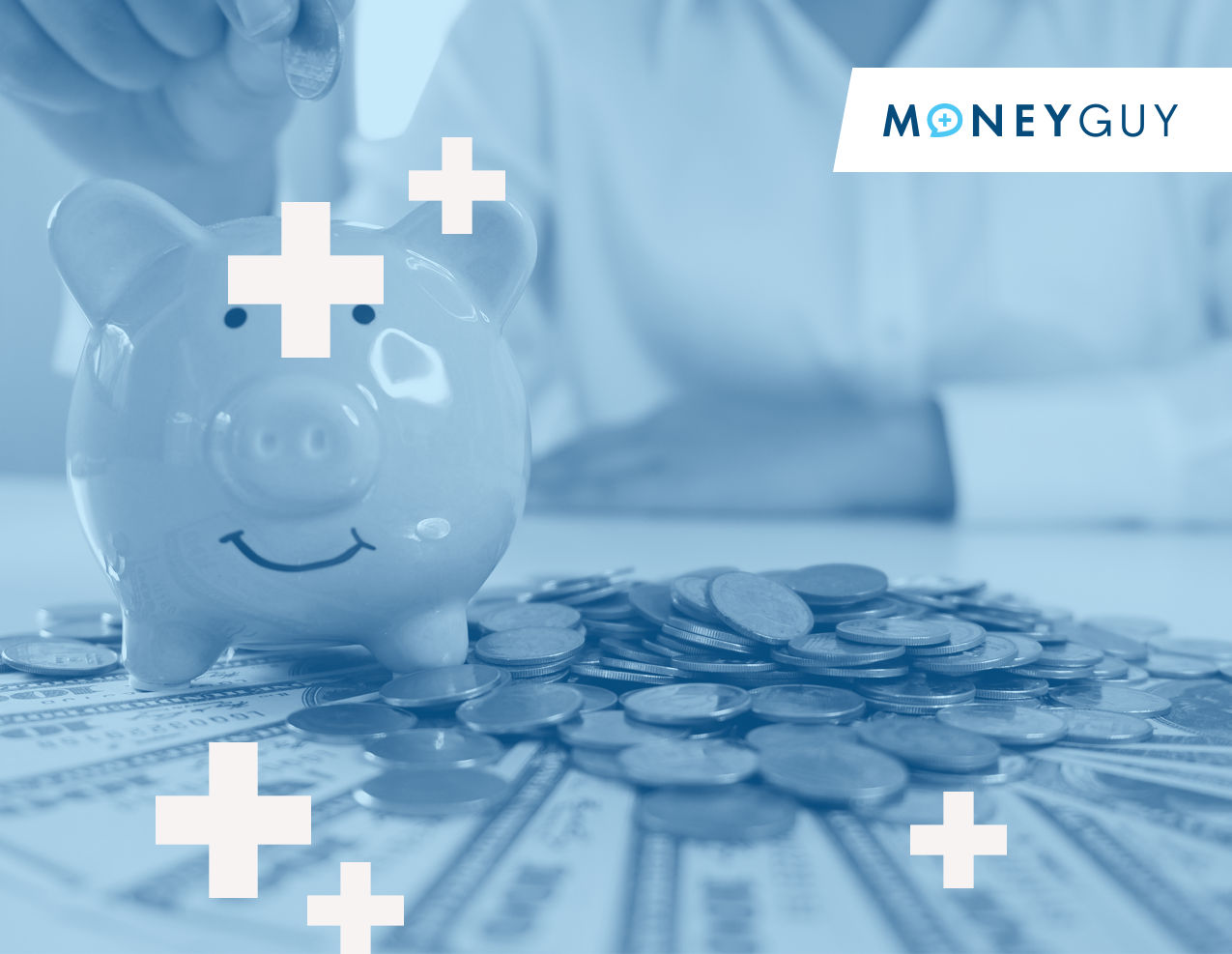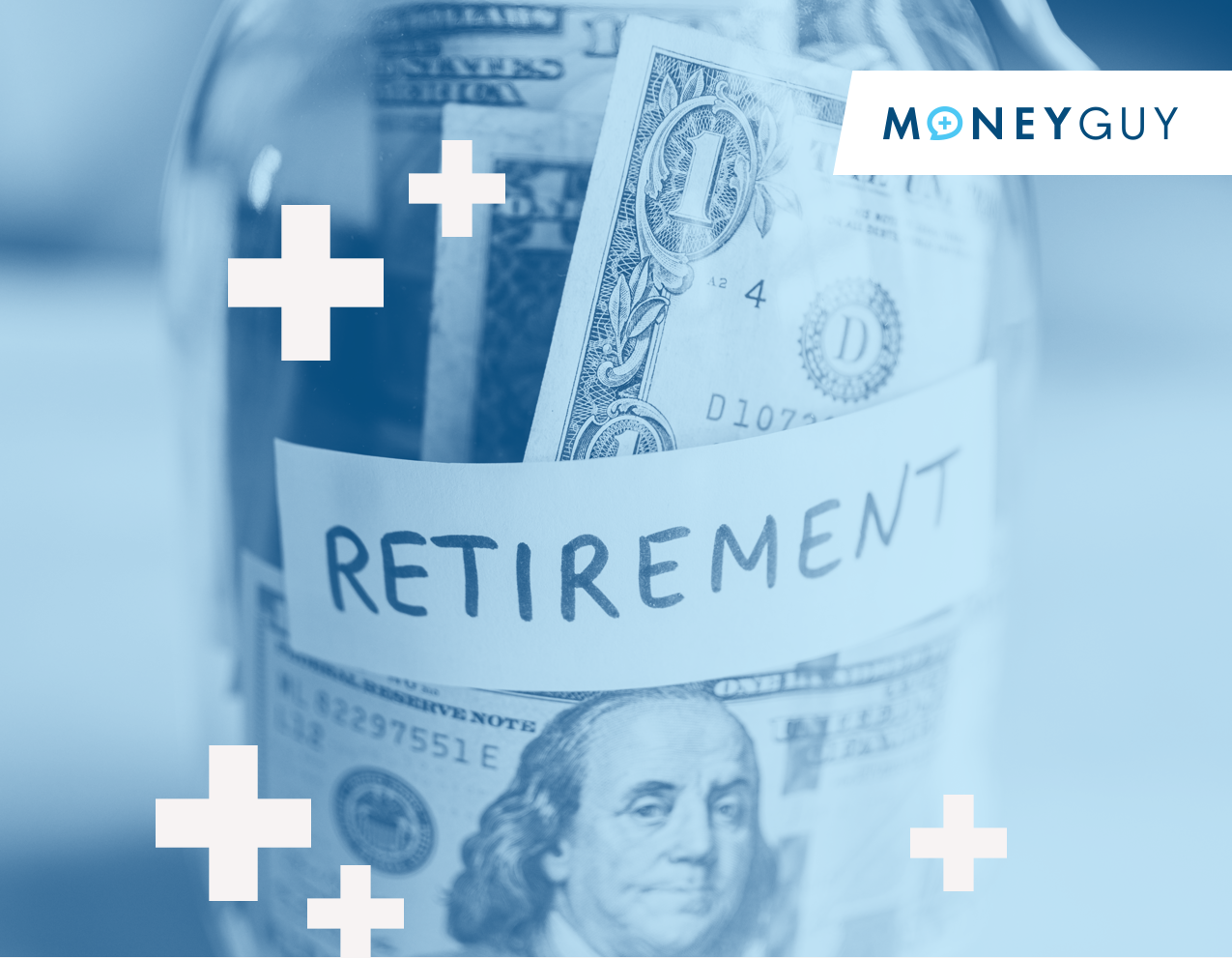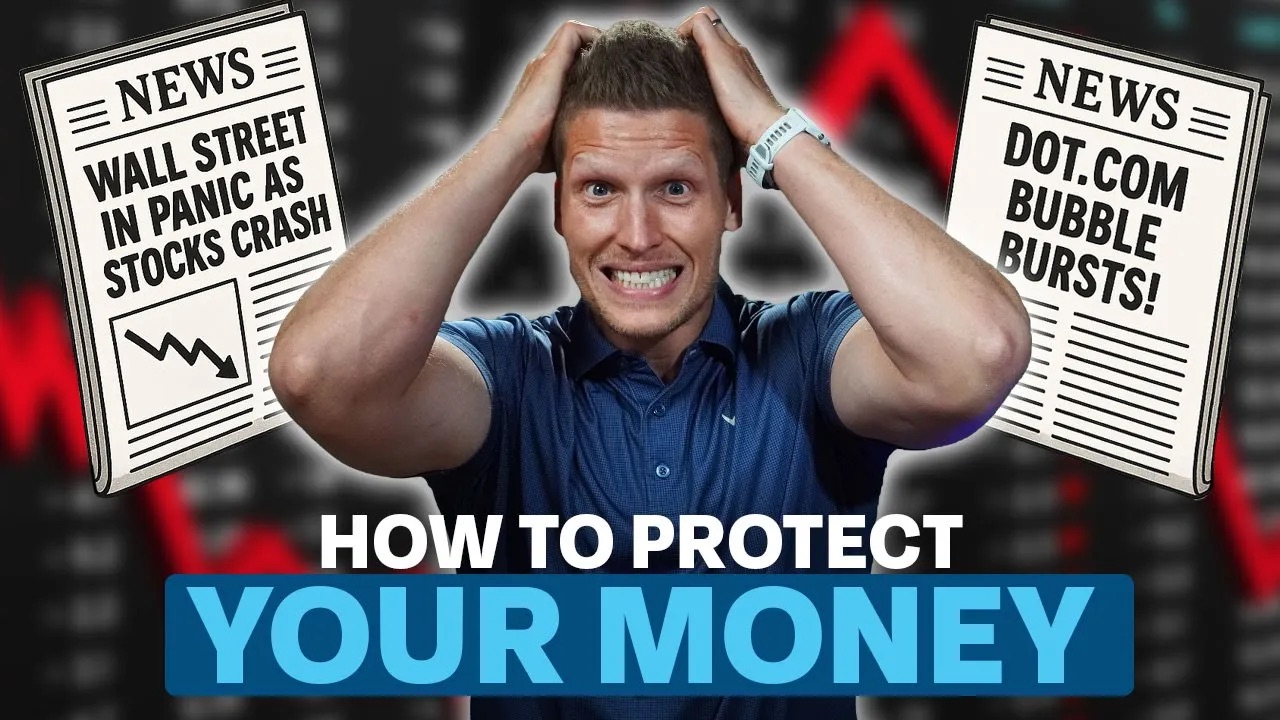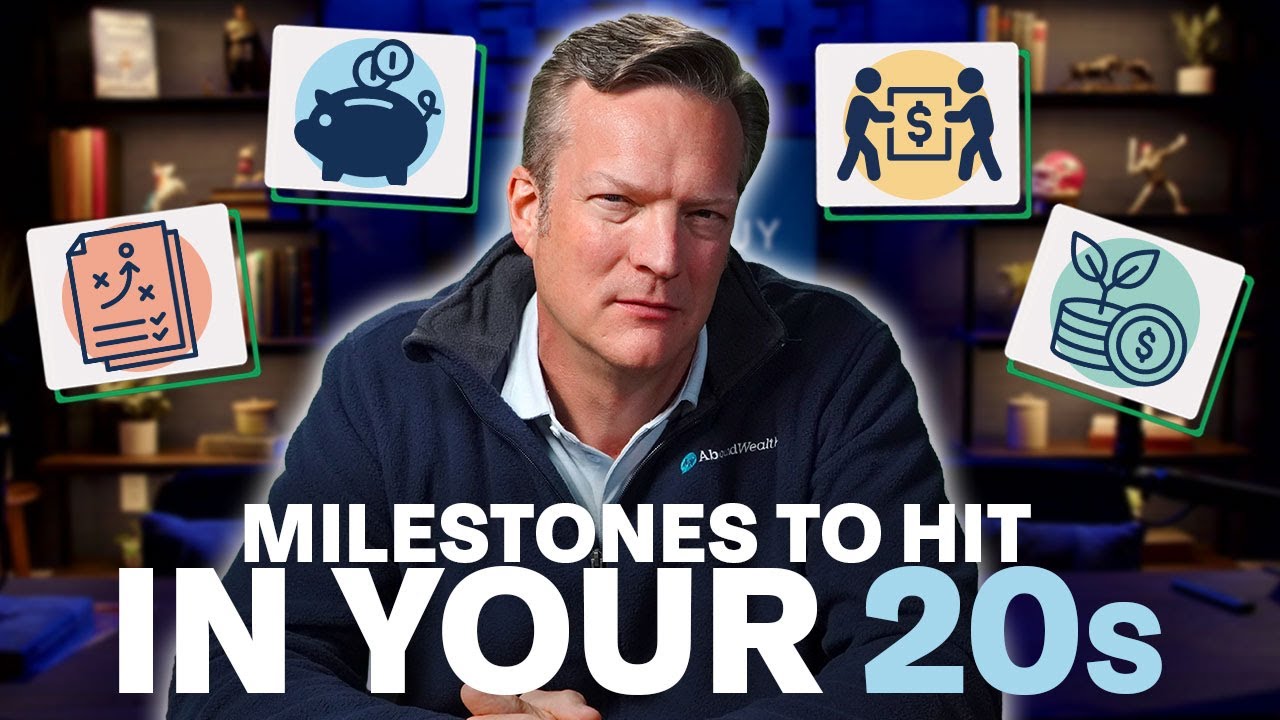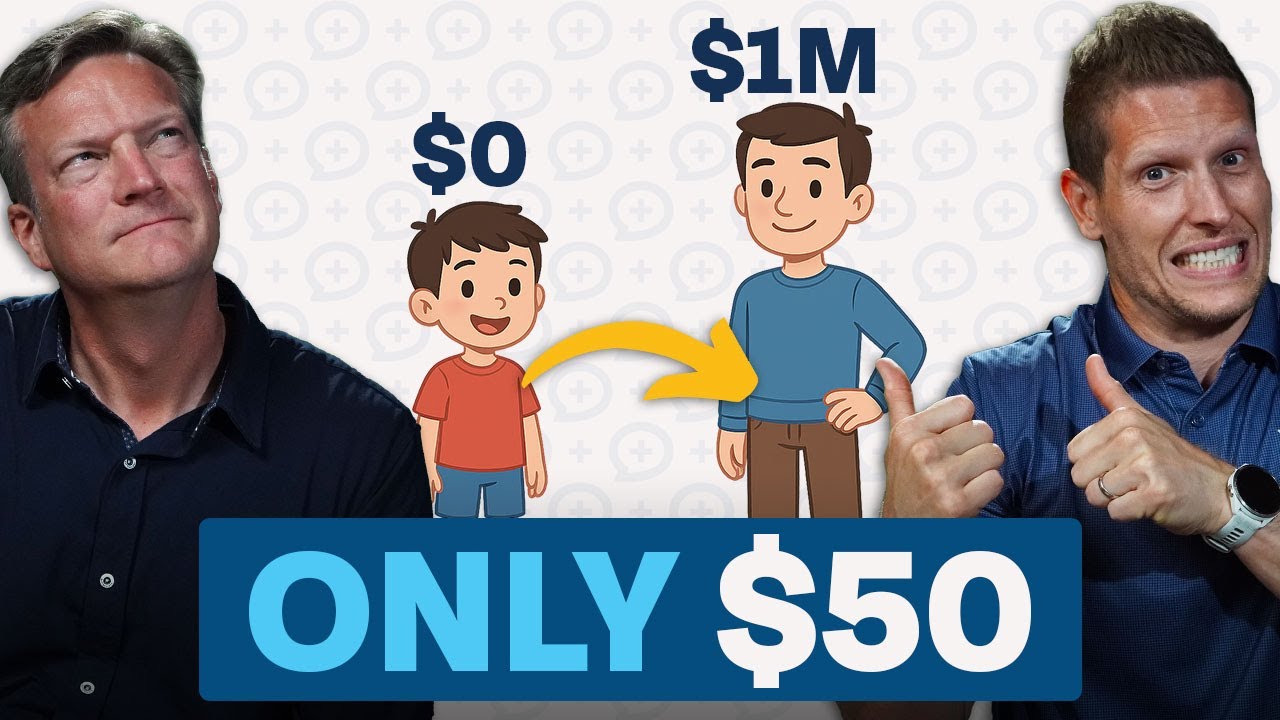We’re going to load you up and show you how fear could be costing you millions. Yeah, Brian, I’m excited about this one because I think we live in a world where fear sells. Fear sells, and it seems like we’re constantly bombarded. There are always things to be frightened about, things to be scared of. But maybe, just maybe, this time is different. Maybe this time the things that we should be scared of are things that we should actually be scared of, and we should allow that to inform the way that we go about making financial decisions.
Yes, fear can definitely be a manipulative tool. But here’s what I want to teach people—the skill set of understanding how fear, greed, and all these things work. If you can understand how fear works, you won’t panic. You won’t make those desperate decisions from a behavioral standpoint that actually take you three steps backwards. We always want to be walking up the path to building wealth. And we know this, that when fear is high, when folks are out there frightened when it comes to investing, and we think about putting our dollars to work, we oftentimes get nervous. When we start to get scared, and when fear is low, we often get excited. We are very much herd creatures with a herd mentality. When things are scary, we all want to run for the exits. And when things look great, we all want to run into the fray. But perhaps that’s not the best way to approach it.
What I like about what we’re going to do today is that we’ve done a lot of case studies, but we typically focus on those obvious periods—like the Great Depression, the Great Recession of the 2008s. We’ve decided, you know what, instead of going back to these historical catastrophic times, let’s just back up and look at the last year. If you were a person that was letting your emotions make your financial decisions, this could be a big mistake. And here’s why, through a case study. Yeah, and I want you guys to think about this. Have you ever had this thought before: “Man, things seem a little scary now. Maybe I should just sit this one out. Maybe I just need to ride out this turbulent time, and when things get a little bit better, maybe then I’ll feel more comfortable. Maybe then I’ll go to work.” And like you said, Brian, that’s the exact case study that we’ve laid out.
So, let’s assume that we have two investors. We have Nicole and we have Mark. Nicole is going to let her emotions get the best of her. She is going to make her investment decisions based on fear. So, she reinvests when things get good, and she gets out of the market when things get bad. Well, the natural question you might have is, “Okay, well, how do we measure fear? How are we going to think about when things are fearful?” Well, there are a number of gauges. For purposes of this case study, we’re just going to use the fear and greed index. It’s been published a couple of times over the past year, where you can go see what the general sentiment of the market is on the high side, what the sentiment of the market is on the low side. The metric that we’re using, we’re just going to assume that when it is the scariest, she decides, “I’m going to sit it out.” And then when things feel a little bit better, she’s going to get back in.
But Mark has decided, “You know what? I’m going to stay invested the whole time, no matter what goes on. I’m going to keep marching forward, and the starting point of this is that we actually wanted to start from the mark where that CNN fear index hit the tippity-top maximum fear out there, and that was September 29th, 2022. So that’s the starting point with a million dollars. That’s right, you have to kind of put your memory back because this wasn’t that long ago. In September of 2022, the year was already going bad. Like, it was already a year where the market was down around 20%, and the Fed had just come out and done a three-quarter of a percent rate hike. So everyone was nervous, inflation was rampant, interest rates were rising, and the stock market was falling. It was frightening. So if you were like Nicole and you followed the same advice and strategies she did, you would have pulled your money out on September 29th, 2022, and then you would have put your money back into the market in February for 2023. February 1st, 2023, is when the fear index hit a low point.
Now, carrying out this strategy from September 29th all the way through the present day, you can see that it would have worked out okay for her. She started with a million dollars, she sat out, and as we sit here in the month of June, she’s just over a million dollars. A million dollars and twenty thousand, one hundred ninety-six. But there’s more to the story because there’s Mark, who does it the lazy way, the consistent way. He says, “You know what? I’m just there’s so much money that’s been lost by trying to time the markets. I’m just gonna ride through it and just know that the amount of asset allocation my setup was good before this, so it’ll be good after this. Let it rip.”
So, look at what happens with Mark. While immediately following that September timeframe, his portfolio went down. It then immediately went up and then it continued to go up. And then it had fits and starts and up and down. But if you look at exactly what his portfolio did by just staying fully invested, he actually ended this period with one million, one hundred and fifty-nine thousand dollars. That’s almost a hundred and forty thousand more dollars over a seven-month period than what Nicole had.
Now, I think a lot of people look at this and go, “You guys cherry-picked a very unique period of time. It’s less than a year. That’s short-term in nature.” Yes, it’s a 14, close to 14, spread. But here’s what I want to remind everyone. Yes, we made this kind of extreme. In fact, it is short-term, and nobody should invest any money in the financial markets unless you can walk away from that money for at least five to seven years. But here’s what I know about investing. The longer your time horizon, the better. Because we know eight out of 10 years, historically close to 80% of the time, markets make money. So the longer you can stay invested, the better your results, the bigger your spread gets, to staying consistent, staying in the market, to go through the volatility. So I think actually, longer-term, this gets better, not worse, for cherry-picking.
I think what’s so interesting is you can see that Nicole’s strategy actually worked a little bit. I mean, she went to cash and the market went down, so she probably felt great about that. But then the market went up again, and then it went down again, so it felt scary another time. Then you can see that Mark was up and down, up and down, up and down. The problem with this idea of “you know what, I’m just going to sit on the sidelines” is that you have to make the decision: okay, when am I going to sit on the sidelines and when am I going to get back in? How am I going to time that back in? This is a very short-term scenario. But Brian, we’ve even said, like, maybe if you sat out a whole year, even if you would have missed the year of 2022, by the time that you got back invested in 2023, you’ve missed a majority of the upside that the market has experienced. So, I think that is a futile exercise to try to move in and out of the market over any time period, especially over the short term. Yeah, for sure, the short term, you don’t—you never know what you’re getting. It’s back to that whole Forrest Gump “life’s like a box of chocolates,” you know. However, because there’s even a slide—because this is—we stratified data by volatility—you can see 2023 has actually worked out to be not as volatile. It’s pretty calm compared to other years. This is something we found from Charter. If you haven’t—if you don’t subscribe to their stuff, go check it out. But yes, there might be more volatility coming our way, but that still doesn’t deter me from staying consistent, always be buying, and knowing what the “why” is for every dollar that I’m putting to work.
I think it’s really interesting as we’ve had conversations with clients and with folks in our ecosystem. We’ve asked a question and how 2023 felt like from an investment standpoint, and the answer we’re getting is, “Oh yeah, it’s not—I’m nervous and interest rates and it’s nerve-wracking.” There will always be things that are frightening, there will always be things that are scary. But anecdotally, just looking at this, 2020 had much wilder undulations, even 2021 and 2022 had larger swings on the upside and downside. Even though this year has not seen those big up days or big down days, it still felt the same. I think that we are in this new normal where the news cycle is always going to make it feel like there are things to be scared of, things to be frightened of, reasons why you should not stay consistent. But if you follow that advice, if you follow that guidance, I don’t know that you’re setting yourself up for long-term success.
I do want to close this out, though, before we start answering questions, with just a piece of guidance that we have. We’ve had an upswing here in 2023. This is the point where, if you look at yourself and you say, “Man, I was scared to death last September,” I mean to the point that I was making desperate decisions or not thinking clearly or, you know, there’s a disconnect from when you want to retire, how your structured asset was from an allocation. This is the time, probably, to measure twice. Go this, use this point, this recovery, to say, “How do I have an allocation that matches my goals, matches my behaviors? This is the time to recalibrate and actually have a plan.” Because, as I was talking about earlier, a plan that was good before volatility is going to be good through the volatility and good after the volatility. But you gotta have the plan first. So use this moment to choose action, to get your financial life in order.






